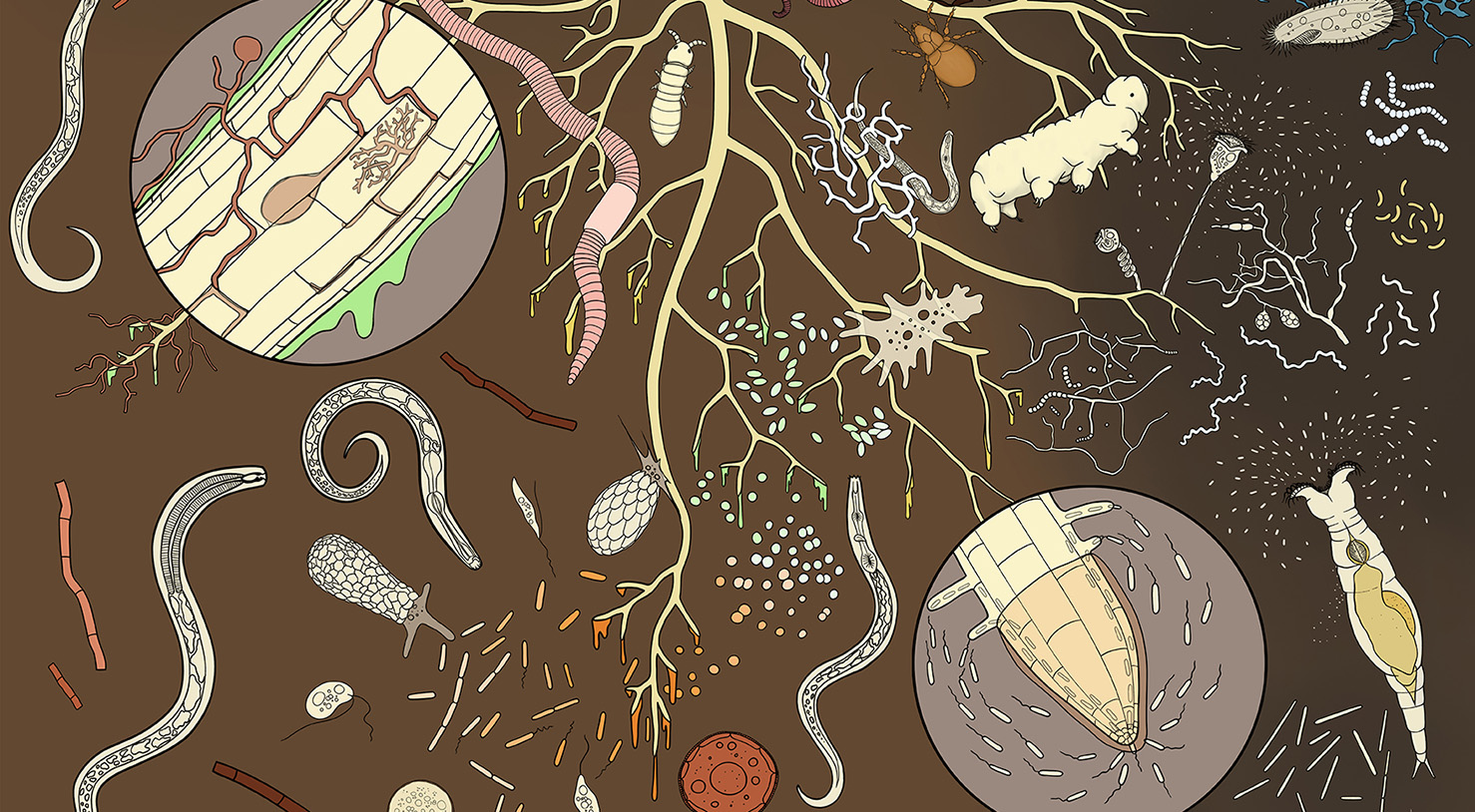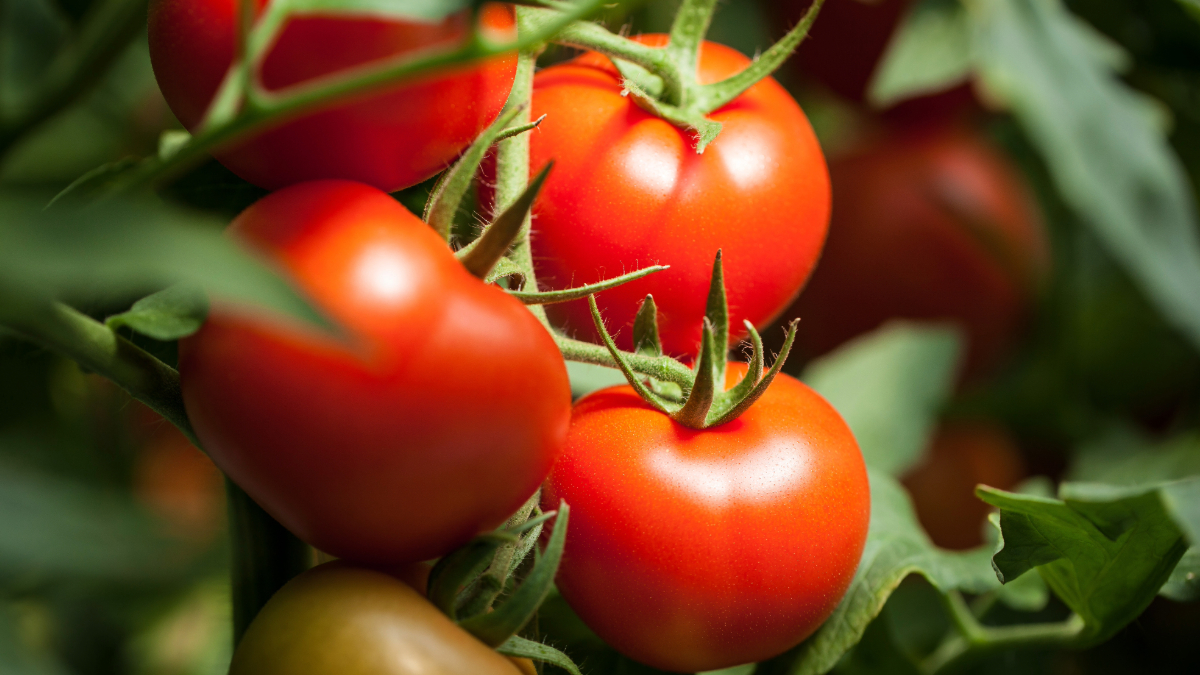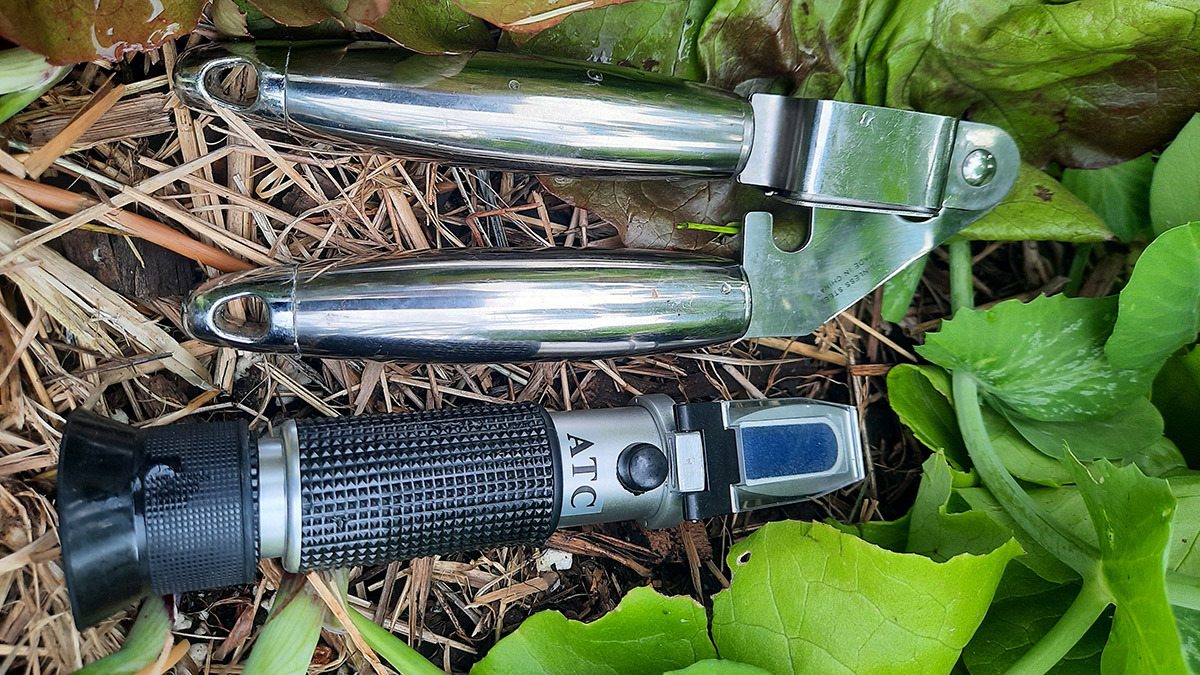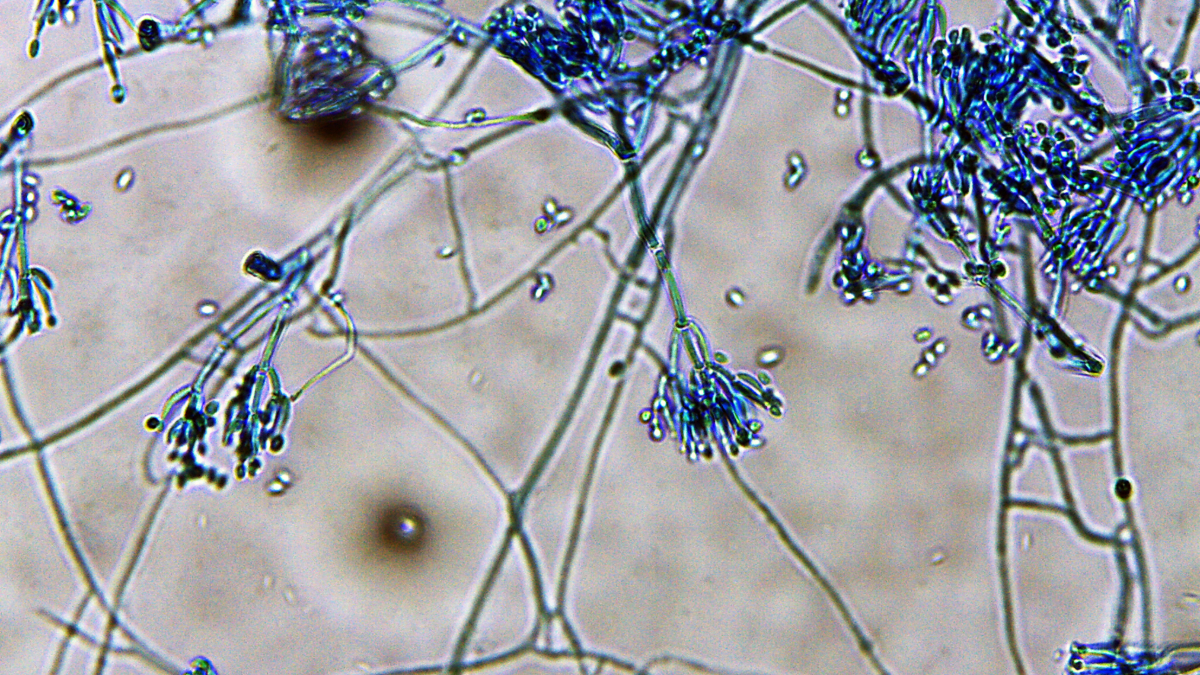Archive for Amy Luck-MacGregor

Spring Stockpiling
Soil Food Web-minded folk tend to focus on building compost piles in the spring and fall, when materials are abundant. As this abundance occurs across different seasons, some forward planning is required. If your goal is to create a pile that is high in microbes and thus has the potential to regenerate soil, in the […]

Bioreactor Buzz
With things shifting economically these days, it seems like a good time to focus on what can be done to increase local resilience – especially in the realm of food security. We are so lucky to live in a region that still has plenty of rainfall (if only we did a better job of storing […]

The Soil Food Web – For Families!
March marks the beginning of workshop season here at the soil lab. Traipsing around the valley with my microscope and watching folks make the connection between soil health, ecosystem health and their own health is one of my favourite things to do. Watching kids light up when they see soil microbes for the first time… […]

No-till Inspiration
No-till Inspiration February is usually the time when I a) really wish I’d written down all the ideas I had for this year’s garden while I was packing up at the end of last season and b) start to flip through books for inspiration and new planting ideas. Do you ever find yourself relating to […]

Seed-Sowing in December – Really?
Yes really! And into winter too… so you have an extra Christmas gift idea up your sleeve (or in your gardening glove?) for any passionate gardeners, homesteaders or permaculturalists in your life. Sowing perennial plants has great benefit for soil biology, and if they are edible, then that’s a bonus. While the human gut microbiome […]

Spread that Fall Compost!
Fall finds me smiling for many reasons, not least of which is thinking about all the Soil Food Webbers out there happily and diligently applying microbes to the soil. Where do those microbes come from? Compost of course! Conventional wisdom would have us see compost as a fertilizer; containing soluble nutrients prone to leaching or […]

Biologically Complete Compost
When we are looking to restore life to the soil, our most important tool is compost. But not just any compost. To increase diversity and restore missing groups of plant-beneficial organisms, we need to create an effective inoculum of these microbes. You could think of the inoculum aspect a bit like a yogurt culture or […]

Health You Can Taste
What a sweet time of year. Well into the growing season there’s such an abundance of produce to delight the taste buds. Biting into juicy locally grown tomatoes, you can detect the difference in flavour across varieties. Maybe you can even taste the difference in the same variety from farm to farm. Contrast this with […]

Capturing Liquid Sunlight
Leaves are like little solar panels. Chasing the sun, they combine solar energy with water and carbon dioxide to make sugary sap. This liquid sunlight, stored in carbon rings, is the foundation of almost all life on earth. We cannot live without it. How well a plant carries out photosynthesis depends on a number of […]

DIY Mycorrhizal Fungi for Veggies
Mycorrhizal fungi are “obligate symbionts”, meaning that they need a host plant to survive. Endomycorrhizal fungi, also called arbuscular mycorrhizal fungi or AMF, are essential partners of 70-90% of all plant species, including the majority of the vegetables in your garden this year. AMF don’t produce mushrooms. They propagate via underground spores, pieces of host […]

And a Roof Overhead
I don’t know about you, but it seems like a lot of people are bracing for this summer to be very hot and very dry. Increasing the amount and diversity of life belowground can help plants build resiliency for these kinds of extremes. We rely on soil microbes to make the spongy soil structure required […]

Seeds with Sense
It blows my mind every time: if you look at current estimates of the amount of genetic information in a person, only about 1% of it is human. The rest belongs to microbes (bacteria, archaea, fungi, protozoa) and viruses, co-operating in groups to form “symbionts.” These symbionts perform the functions needed for human life and […]
Archive
- May 2025
- April 2025
- March 2025
- February 2025
- January 2025
- December 2024
- October 2024
- September 2024
- July 2024
- June 2024
- May 2024
- April 2024
- March 2024
- February 2024
- December 2023
- November 2023
- October 2023
- September 2023
- August 2023
- July 2023
- June 2023
- April 2023
- March 2023
- February 2023
- January 2023
- December 2022
- November 2022
- October 2022
- September 2022
- August 2022
Tags
Bacteria Book Reviews Compaction Compost Composting Cover Plants Eco-grief Food Security Fungi Gardening Tips Garden Tips Human Health Microbiome Mulch Nematodes Nutrient density Nutrient Density/Taste Regenerative Ag Seasonality Seeds Soil Food Web Analysis Soil Structure Symbiosis Tillage Water Weeds